Im having a problem in one of my projects in unity. I basicly have a system where you click an object and then you click somewhere inside an area and the object goes to that position. the problem is that those objects can't overlap. And they can't use physics. to detect colision with each other. I have been working on this for a long time I got something but still not totally working and I hoped someone could help me.
What im basicly doing is getting all objects near the click and then if there are some just calculate the directions between the click and those objects and then add them to the position that seems to work sometimes they don't overlap other times they do and they go to far away and I need them to be near the click.
code:
public Vector3 GetPossiblePosition(List<GameObject> nearbyDiscs, Vector3 position)
{
float initialY = transform.position.y;
Vector3 idealPosition = position;
List<Vector3> directions = new List<Vector3>();
if(nearbyDiscs.Count > 0)
{
foreach (GameObject disc in nearbyDiscs)
{
Vector3 newDirection = position - disc.transform.position;
directions.Add(newDirection);
}
for (int i = 0; i < directions.Count; i++)
{
idealPosition += directions[i] / directions.Count;
List<GameObject> discs = CheckForNearbyDiscs(idealPosition);
if (discs.Count < 1)
break;
}
}
idealPosition.y = initialY;
return idealPosition;
}
behaviour:
